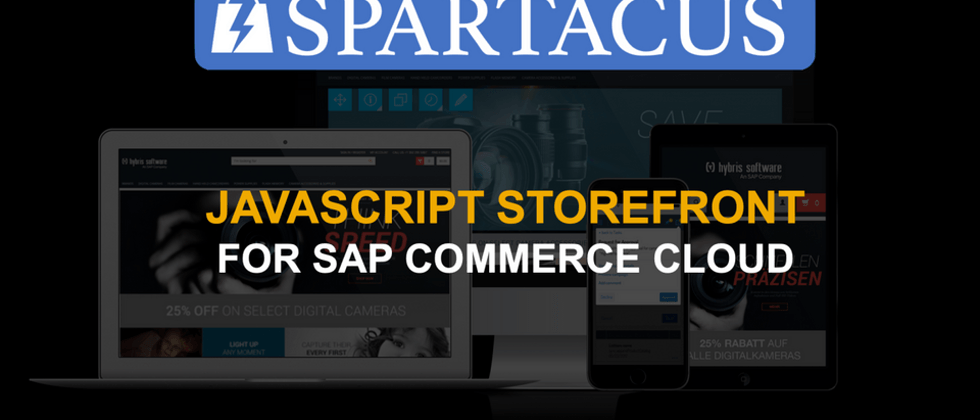The Spartacus B2B Commerce Organization allows companies to manage purchases made through the Spartacus Commerce website.
A company's purchasing manager can be set up as an administrator for a commercial organization. Administrators can create units that represent organizations, regions, cities, departments, or any other organizational entity in a company. These units are then associated with buyers, shipping addresses and cost centers, all to allow, control and track spending.
The following pages in this section describe how to use a B2B Commerce Organization.
Note: Spartacus for B2B Commerce Organization requires SAP Commerce Cloud version 2005 or later.
In the out-of-the-box B2B Commerce organization sample data, each user in the organization is assigned a role.
- Customer: (Buyer) Users with the role of Customer (Buyer) can place orders. Buyers can create orders of any value.
- Approver: Approver. When the order exceeds the purchase limit set for the buyer, the approver reviews and approves or rejects the order placed by the buyer.
- Administrator: Administrator. Users who make changes to organization and user settings in the organization. Admins can only manage organizational structures that are equal to or lower than the B2B admin's position in the hierarchy.
- Manager: Manager. The manager role is used to assign managers to other users. This role is not used in the out-of-the-box sample data.
These roles are shown in the following diagram:
Some other terms in the B2B field:
- Unit: Unit. Units are the basic building blocks of an organization. A unit represents a department, location, region, or other entity.
- User: User. Users are assigned to cells. Every user has at least one role.
- Cost Center: A cost center is assigned to a unit and used to track expenses. When making purchases by account rather than credit card, buyers must select a cost center. Buyers can access all cost centers associated with their unit and all related subunits.
- Budget: Budget limits are used to limit total spending. Orders over budget will be sent to approvers.
- Purchase Limit Purchase limits can be defined per order and per time period. Assign purchase limits to buyers to limit purchases. Approvers are assigned purchase limits to limit the size of orders they can approve.
- User Group: User Group, a group of users used to assign purchase limits to many users in one place.
- Credit Limit: Credit limit. Lines of credit are used by sellers to limit their credit risk. Credits can be assigned to any unit by the seller and are not under the control of the buyer's company administrator.
More Jerry's original articles, all in: "Wang Zixi":




**粗体** _斜体_ [链接](http://example.com) `代码` - 列表 > 引用。你还可以使用@来通知其他用户。